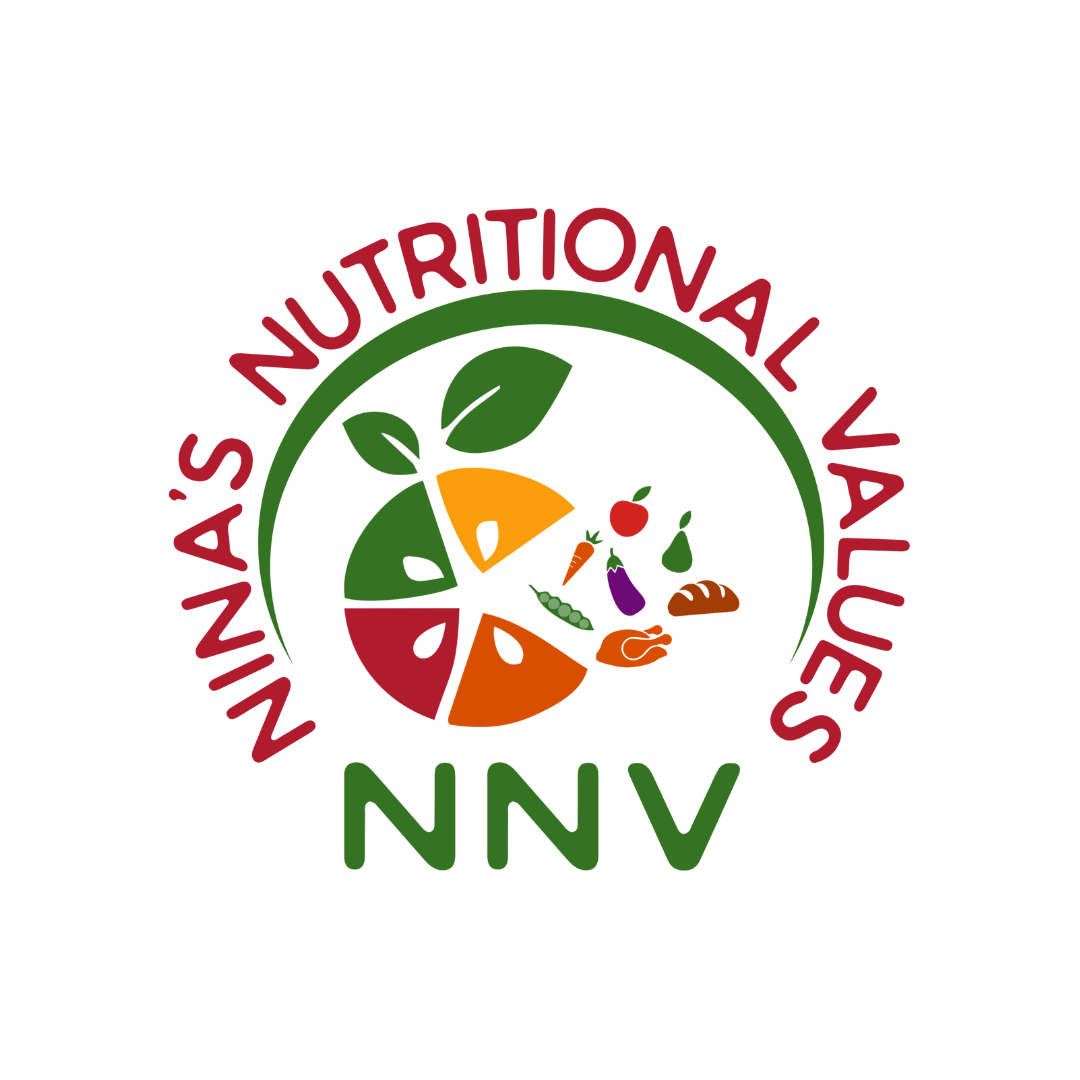How Healthful Nutrition Minimizes Chronic Inflammation
One of the top contributing factors for chronic inflammation is your diet. That’s good news! Understanding the foods that cause inflammation empowers you to center your meals around healthful anti-inflammatory nutrients. With consistency, your new approach to nutrition may minimize inflammation and maybe even heal your body. It’s also a proactive approach to your future health.
What is Inflammation?
Acute inflammation is the body’s natural immune response to injury or infection. If you get a cut or scratch, your body surrounds the cut with healing cells to remove toxins and repair tissues. This healing process may be accompanied by mild or moderate redness, swelling, and pain. As the cut heals, the inflammation subsides.
Acute inflammation is a sign of a healthy immune system. We’re most familiar with this form of external inflammation, but your body can also be internally inflamed. Internal inflammation is often chronic.
Symptoms of chronic inflammation include:
Bloated belly
Digestive issues
Fatigue
Insomnia
Joint pain
Joint stiffness
Weight gain
Brain fog
Skin rashes
Why is Chronic Inflammation Problematic?
Chronic inflammation can be external, but it’s often internal where you can’t see it. You can’t see it, but you’re likely to feel its symptoms. When inflammation is chronic, the continued presence of healing cells attacks your healthy joints and tissues. This can intensify preexisting health conditions, including asthma, allergies, and diabetes.
Chronic inflammation increases your risk of inflammatory diseases, including:
Arthritis
Lung disease
Diabetes
Cancer
Cardiovascular disease
Gastrointestinal disease
Depression
Anxiety
What Foods Cause Inflammation?
Foods that cause inflammation are foods that are formulated with manmade ingredients. Unless you have a food allergy, your body easily digests natural food sources. Eating a diet high in processed foods and ingredients, including dyes, additives, flavoring, preservatives, and synthetic ingredients causes inflammation.
The foods, beverages, and ingredients below increase your risk of internal inflammation:
Refined sugar
High fructose corn syrup
Most sugar substitutes
Refined carbohydrates
Fried foods
Trans fats
Alcohol
Processed meats
What Foods Are Anti-Inflammatory?
Foods that “grow”, are typically anti-inflammatory. This includes fruits, vegetables, nuts, seeds, whole grains, dairy, and lean meat. However, each of these foods can be processed in a manner that degrades their nutritional value. For example, candy-coated peanuts are a dessert, not a nutrient-rich snack or topping.
Eating a diet high in inflammation-inducing foods increases oxidative stress. This leaves your body working overtime to heal inflammation you wouldn’t have with a healthful nutritional pattern. Anti-inflammatory foods are high in antioxidants. Antioxidants help your body regulate the oxidative stress of daily life.
Some of the best foods to combat inflammation include:
Strawberries
Blueberries
Cherries
Citrus fruits
Tomatoes
Almonds
Walnuts
Olive oil
Spinach
Kale
Salmon
Tuna
How Long Before I Feel Better on an Anti-Inflammatory Diet?
Give your anti-inflammatory diet at least 6 weeks before you reassess how you feel. Full anti-inflammatory benefits may take 3, 6, or 12 months. Making other inflammation-reducing lifestyle changes may accelerate your health outcomes. This includes regular exercise, stretching, quality sleep, and stress management. Maintaining a healthy weight also helps your body regulate internal inflammation. Improving your nutrition and prioritizing whole-body health supports weight loss.
Need Help Building an Anti-Inflammatory Diet?
Removing foods that cause inflammation is an excellent first step, but you may not be sure how to build a balanced diet. Reach out to Nina’s Nutritional Values to discuss personalized meal plans, with flavorful meals that leave you feeling energized, not hungry.

